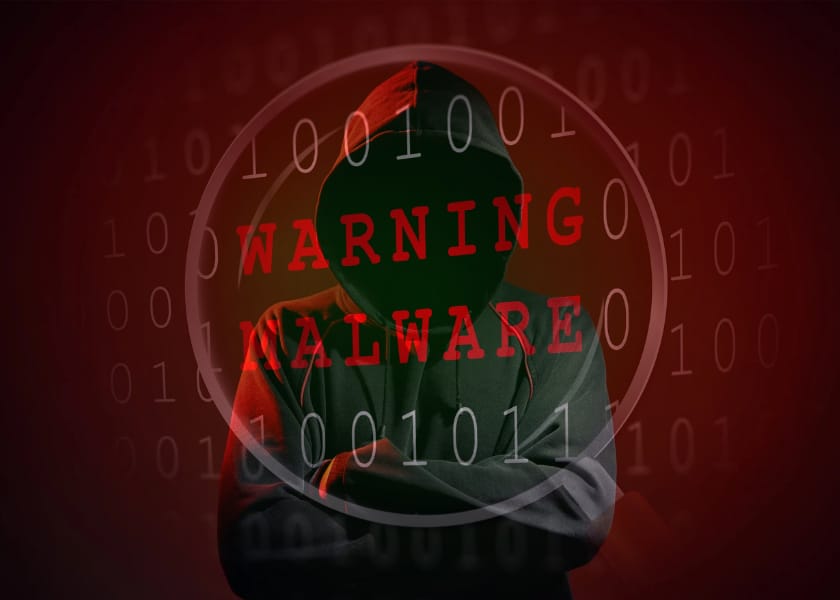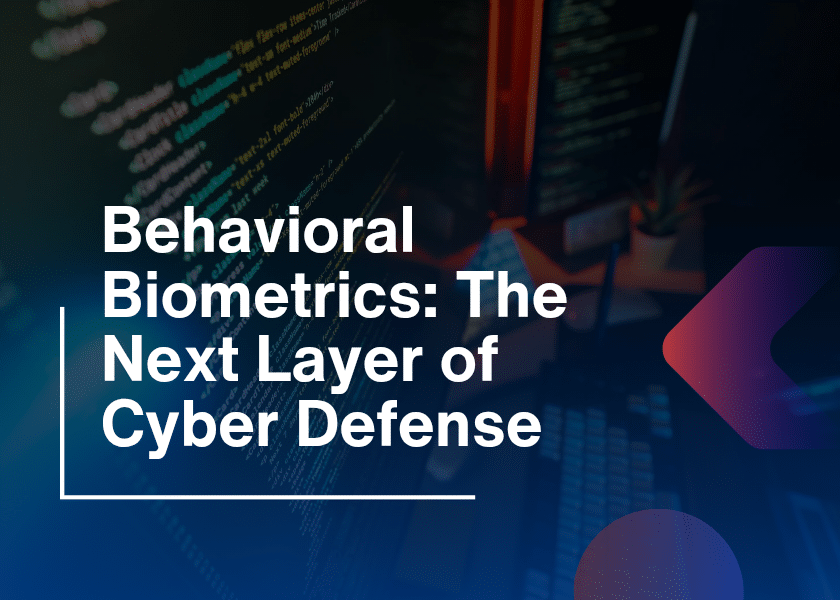Is your business truly safe from the rising threats of cyberattacks? With Saudi Arabia moving towards its digital transformation under Vision 2030, businesses are more connected than ever. But with every rise in technology comes a new level of risk. Cybersecurity in Saudi Arabia is not just a technical concern, it’s a priority in 2025 for businesses.
In this blog, we’ll discuss the top 10 cybersecurity threats for Saudi businesses in 2025. It will help you to understand what’s coming and how to prepare. Whether you’re in fintech, retail, logistics, or oil & gas, these threats could impact you.
1. Ransom Attacks and Cybersecurity in Saudi Arabia
KSA faces numerous dangerous ransomware attacks, while analysis indicates that the situation will worsen in the upcoming years. Attackers direct their attention towards vast sectors, which include energy, healthcare, and transportation infrastructure, which form critical parts of Saudi Arabia’s national infrastructure.
Cybersecurity hackers bypass data encryption policies to steal data. Ransom attacks create operational breakdowns, which lead to safety issues while threatening national security interests. The GCC region witnessed multiple ransomware attacks on oil refineries and logistics networks in a single year in 2024.
2. Financial Scam and Business Email Compromise (BEC)
Hackers have enhanced their scam methods into more destructive and personalized schemes. The usage of AI by hackers to create personalized fraudulent communications through email will rise significantly in 2025. So, employees will fall victim to password disclosure or financial transfer manipulation.
Therefore, enterprise security faces this serious issue because Saudi banks, insurance firms, and fintech startups are commonly targeted by cyber attackers. Business protection requires three main components, which include multi-factor authentication, email filtering tools, and continuous employee training.
3. Insider Threats on Cybersecurity in Saudi Arabia
Some of the most damaging breaches occur from malicious or simply careless behavior. In 2025, Saudi businesses face growing challenges from employees misusing data, falling for phishing scams, or misconfiguring systems.
These threats are especially dangerous because insiders already have access to sensitive information. An accidental upload to a public cloud folder or an unpatched server can create major vulnerabilities.
Implementing strict enterprise security policies, conducting background checks, and offering regular cybersecurity training can reduce these risks. Insider threats require a mix of technical tools and human trust management.
4. Supply Chain Attacks
In our interconnected world, cybercriminals don’t always attack the main target directly. Instead, they target smaller vendors or software suppliers in the supply chain. This leads to an increasingly common tactic in cyber threats in KSA.
Saudi businesses rely heavily on regional and global partners for logistics, software, and cloud services. If any of these third parties are compromised, attackers can use that access to move laterally into your systems.
To reduce this, enterprises should assess the cybersecurity posture of all vendors, implement zero-trust policies, and use security monitoring tools across the entire supply chain.
5. Cloud Security Gaps
Cloud computing is growing at a faster pace in Saudi Arabia. From large enterprises to startups, more organizations are shifting to AWS, Azure, and other platforms. But cloud migration also brings a new set of risks.
Misconfigured cloud storage, weak access controls, and a lack of visibility are common issues. Some of the biggest data breaches in recent years were caused by simple cloud misconfigurations.
So, cybersecurity Saudi Arabia must focus on educating IT teams and leadership about the shared responsibility model of cloud security. Using proper encryption, identity management, and continuous monitoring is essential.

6. IoT and Smart City Vulnerabilities
As smart cities like NEOM and The Line take shape, cyber threats in KSA are expanding to include smart devices and IoT systems. These sensors and devices are often connected but poorly secured, making them easy targets for attackers. A compromised IoT system could cause chaos from shutting down smart grids to disabling traffic systems. Therefore, the risks go beyond data loss and extend to physical safety.
So, Businesses involved in smart technologies or public infrastructure must implement strong authentication, secure firmware updates, and conduct regular vulnerability assessments.
7. AI-Powered Cyberattacks
In 2025, attackers aren’t just using traditional methods, they’re using AI. Cybercriminals now use AI-powered bots that can scan systems for vulnerabilities, create realistic phishing messages, and bypass detection tools. Additionally, one of the most alarming developments is the use of deepfakes. These synthetic videos and voice recordings can lead to scams and misinformation.
Comparatively, enterprise security strategies in Saudi Arabia must evolve alongside AI. This includes investing in AI-driven threat detection, ethical hacking simulations, and strong authentication methods that can’t be easily faked.
8. DDoS Attacks on Online Services
Distributed Denial of Service (DDoS) attacks are designed to overwhelm a server or website, making it inaccessible. These attacks are often used to send a political message or disrupt services. In Saudi Arabia, e-commerce platforms, banking portals, and even government websites are attractive targets. A major DDoS attack can cause revenue loss, brand damage, and public frustration.
Consequently, to stay safe, businesses must use anti-DDoS solutions, CDNs (Content Delivery Networks), and traffic filtering systems. Additionally, early detection and quick mitigation are critical.
9. Lack of Threat Intelligence and Incident Response
Many organizations in Saudi Arabia still rely on reactive security. By the time they realize they’re under attack. In 2025, this approach is no longer viable. Therefore, real-time threat intelligence and incident response planning are key to defending against modern threats. Sadly, many small and mid-sized enterprises lack a dedicated security team or proper response protocols.
So, cybersecurity in Saudi Arabia must prioritize building local expertise, investing in detection tools, and rehearsing breach scenarios through tabletop exercises.
10. Regulatory Non-Compliance Risks
The National Cybersecurity Authority (NCA) in Saudi Arabia has rolled out several new frameworks and regulations to strengthen the nation’s cyber defense. These include compliance requirements for critical sectors. Failure to comply with these regulations can result in fines, service restrictions, or reputational damage. Regulatory audits are expected to become stricter and more frequent in 2025.
Organizations must stay updated with the latest NCA guidelines and align their enterprise security practices accordingly. Regular internal audits and documentation are essential to prove compliance.
How Saudi Businesses Can Stay Protected
To address these top threats, Saudi businesses must move from reactive to proactive cybersecurity. Here’s what you can do:
- Adopt a zero-trust architecture that verifies every user and device.
- Invest in employee education, especially in phishing and social engineering awareness.
- Use AI and machine learning to monitor and respond to threats in real-time.
- Partner with managed security service providers (MSSPs) to extend your defense.
- Stay aligned with national frameworks like the NCA’s cybersecurity guidelines and the CyberIC initiative.
Whether you’re a startup or a corporate giant, cybersecurity is no longer optional. The key is to act early, build resilience, and make it a core part of your strategy.
By strengthening cybersecurity in Saudi Arabia, we not only protect our businesses but also safeguard the future of our economy.
Conclusion
As digital services grow, so do the risks. From ransomware to AI-powered threats, attackers are more advanced than ever. Therefore, the top 10 threats outlined above aren’t just predictions—they’re already in motion. Cybersecurity in Saudi Arabia must rise to meet these challenges with innovation, collaboration, and urgency.
Cybercriminals can target any organization, regardless of its size or industry. By understanding these threats and preparing accordingly, businesses can protect their data, customers, and reputations. So, ask yourself, Is your business ready for what’s coming in 2025?






